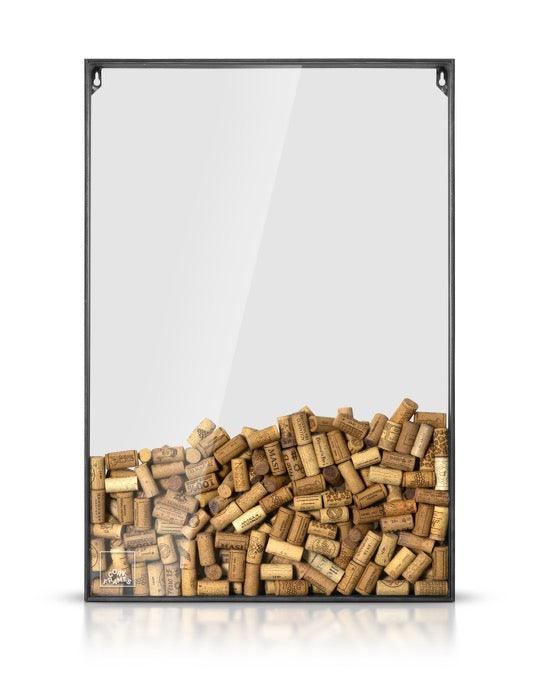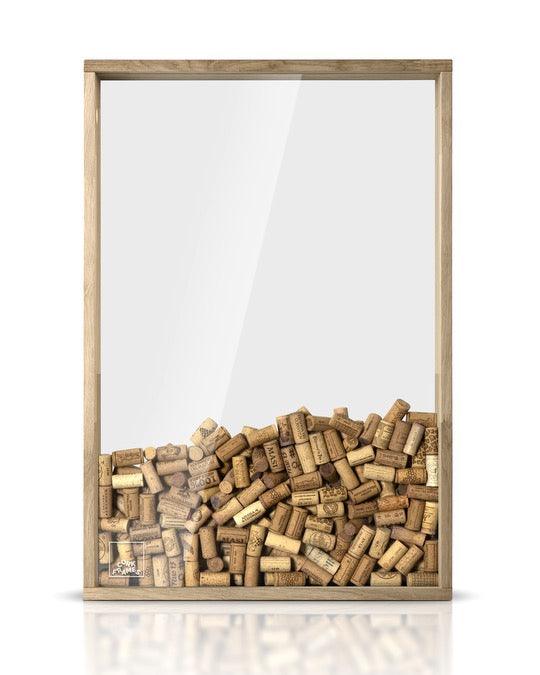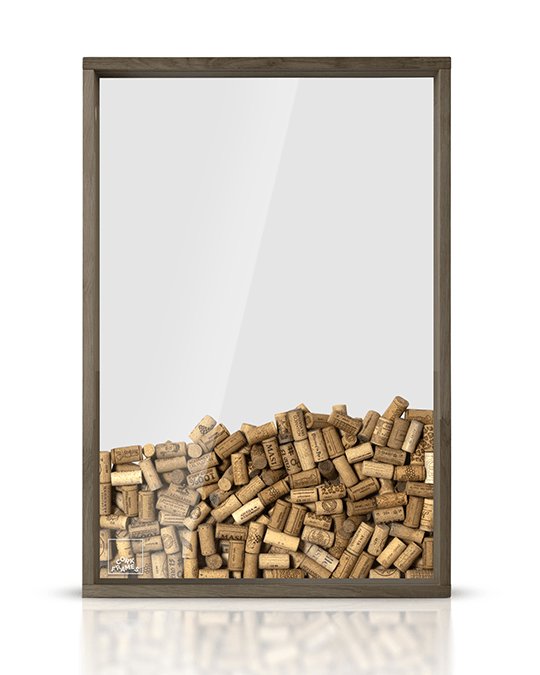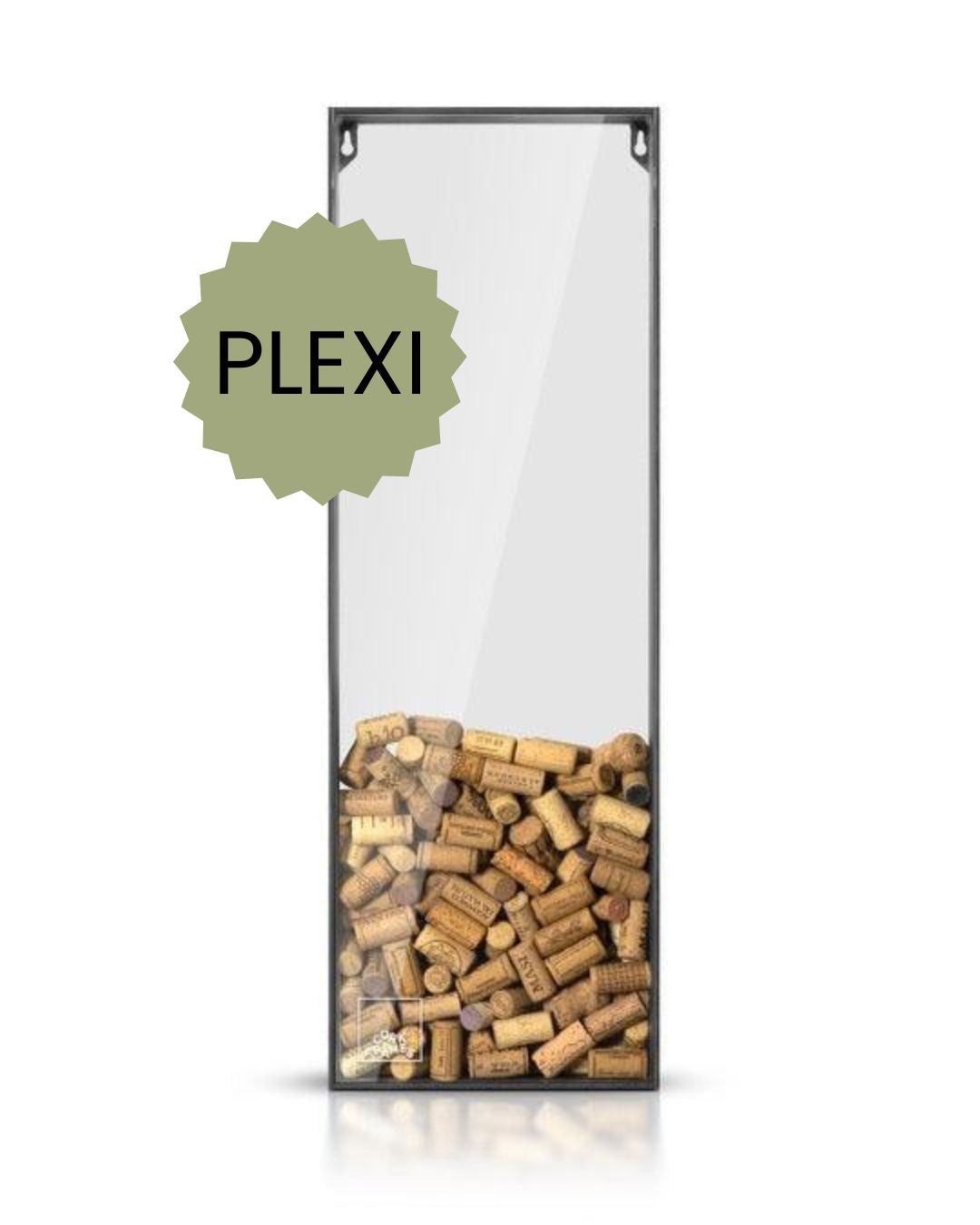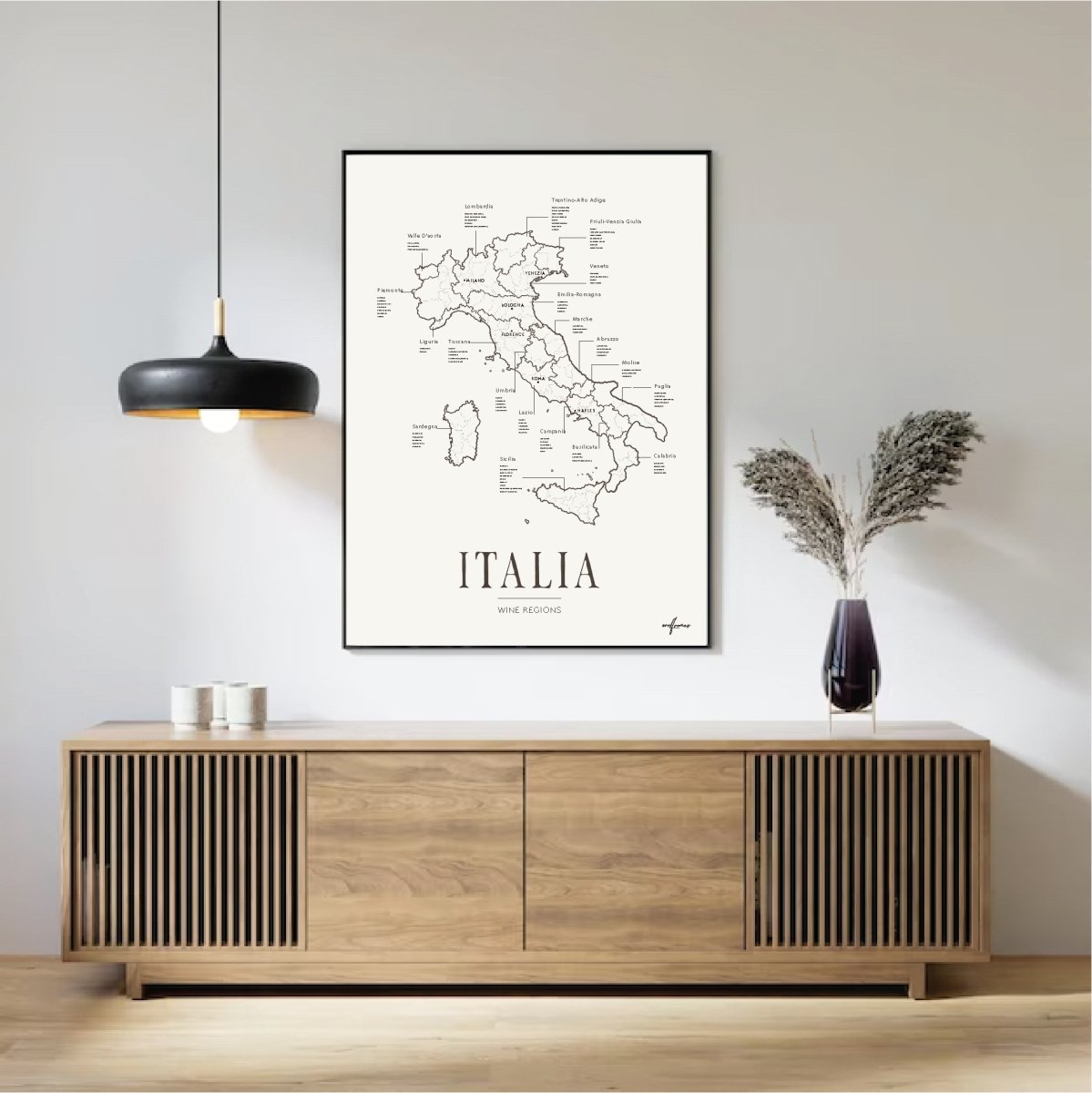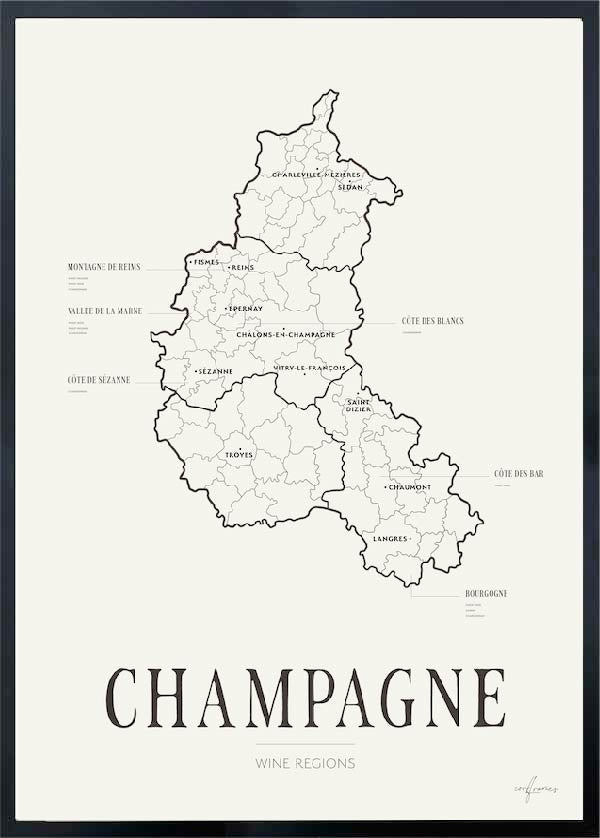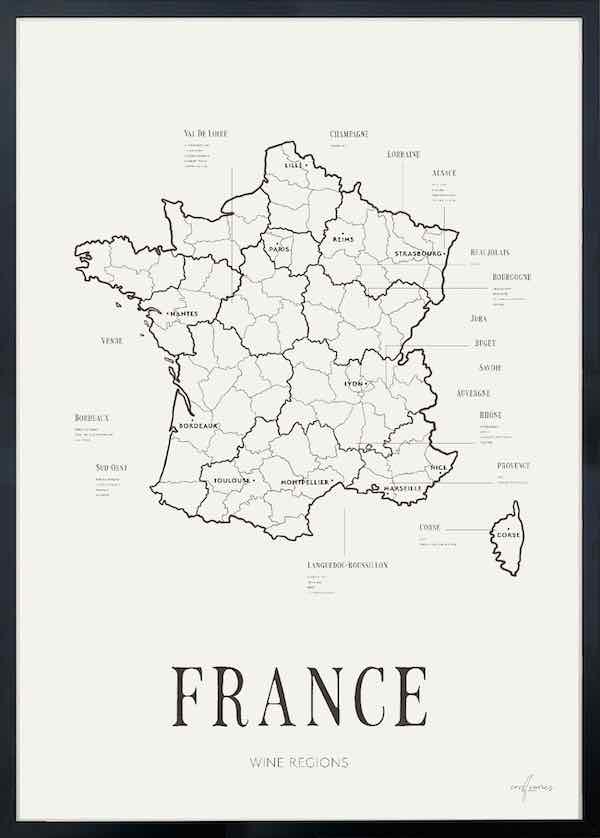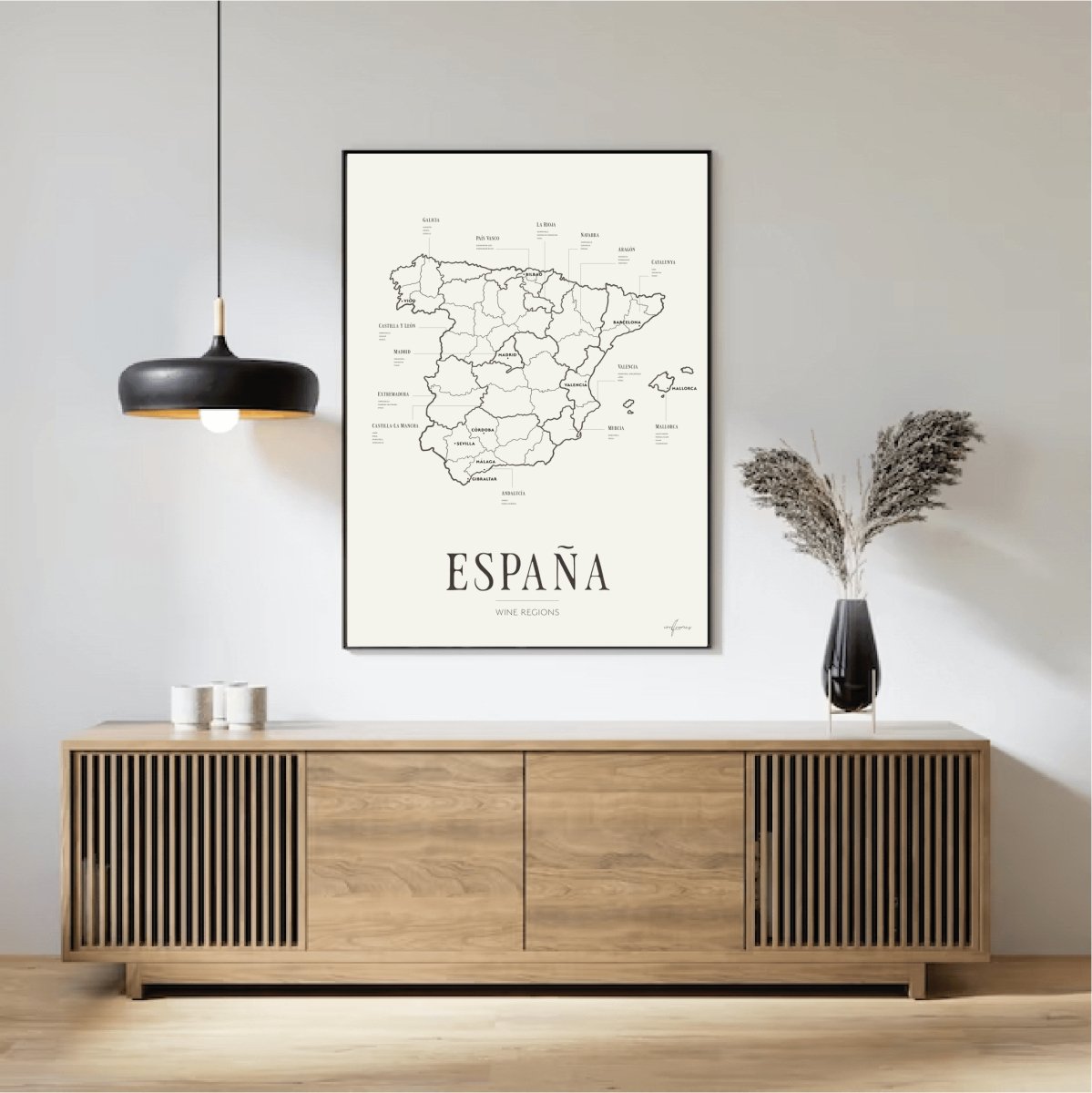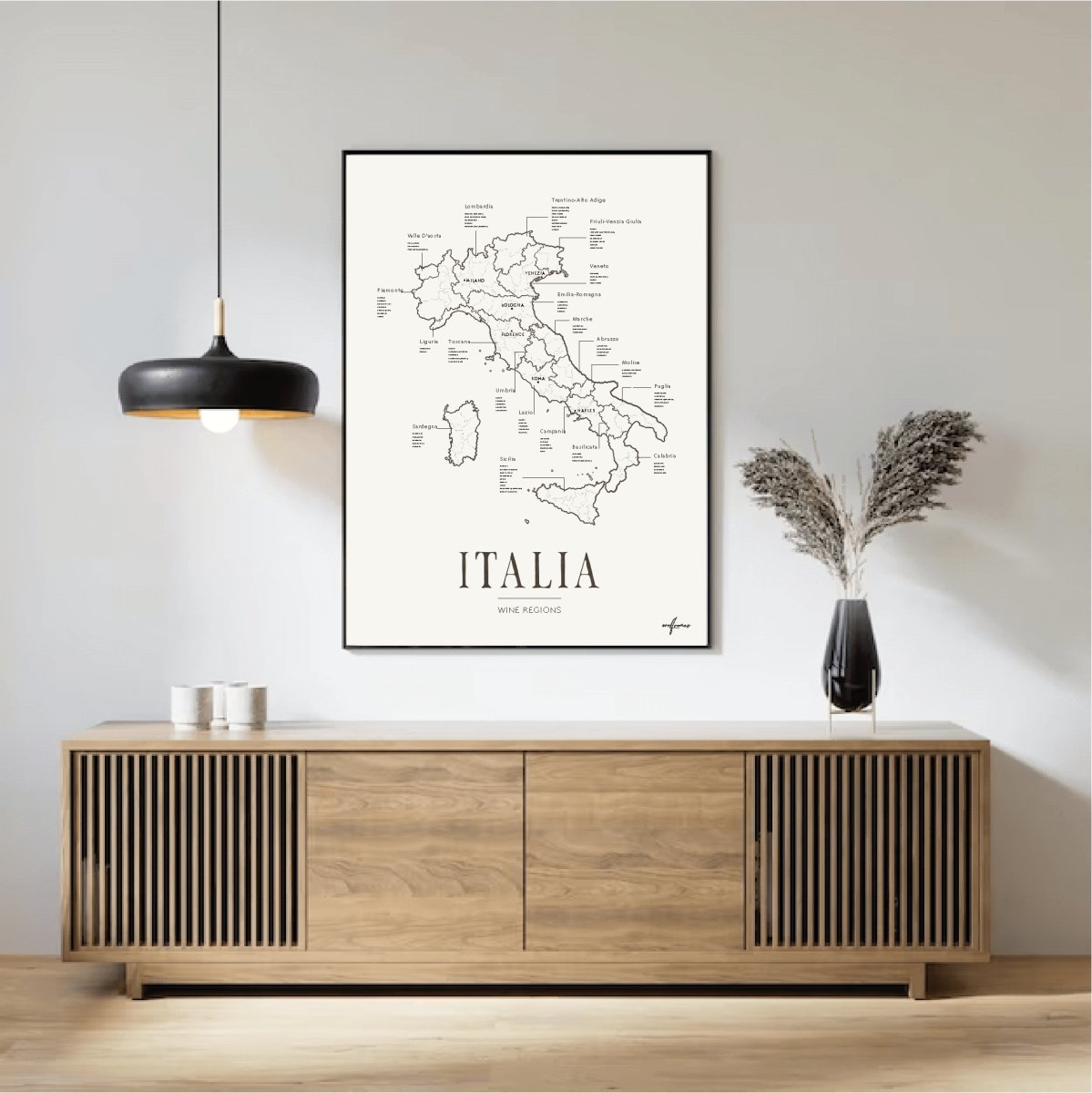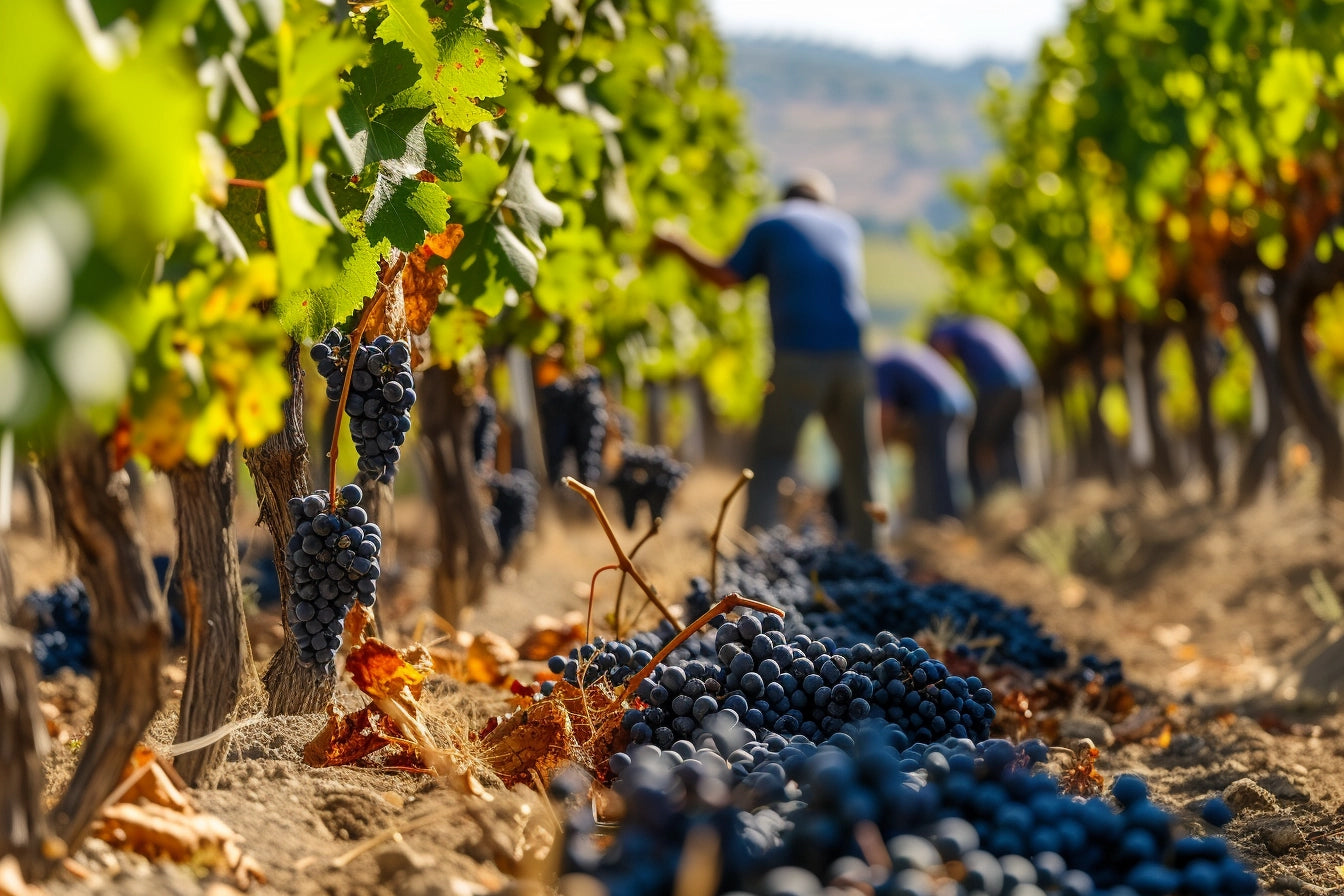Shiraz, also known as Syrah, is one of the world's most popular and widely planted red grape varieties. Its exact origins have been a subject of much debate and speculation. For centuries, folklore suggested a Persian origin, specifically the city of Shiraz in modern-day Iran. However, DNA profiling in the late 1990s definitively proved that Syrah is a cross between two obscure grape varieties: Dureza (a dark-skinned grape from Ardèche in France) and Mondeuse Blanche (a white-skinned grape from Savoie in France).
This scientific discovery rooted Syrah firmly in the Rhône Valley of France, where it has been cultivated for centuries.
The Distinctive Characteristics of Shiraz/Syrah
While genetically identical, the terms 'Shiraz' and 'Syrah' often denote stylistic differences and geographical origins. 'Syrah' is typically used for wines made in France (especially the Northern Rhône) and other Old World regions, known for their savory, elegant, and often peppery profiles. 'Shiraz' is more commonly used in New World regions like Australia, South Africa, and the USA, where the wines tend to be bolder, fruit-forward, and spicier.
Flavor and Aroma Profile
Old World Syrah (e.g., Northern Rhône): Expect notes of black pepper, smoked meat, blackberry, olive, and often a floral hint of violet. These wines typically have higher acidity and firmer tannins, with a more savory and rustic character.
New World Shiraz (e.g., Australia): Often characterized by intense ripe fruit flavors like blackberry, blueberry, and plum, sometimes with chocolate, vanilla, and sweet spice notes (due to oak aging). These wines tend to be richer, fuller-bodied, and softer in tannins.
Key Terroir Influences
The climate and soil play crucial roles in shaping the final wine:
Cool Climates (e.g., Northern Rhône, parts of Washington State): Produce wines with more savory notes, higher acidity, and a pronounced peppery character. The grapes ripen slowly, developing complex aromatics.
Warm Climates (e.g., Barossa Valley, McLaren Vale): Yield wines with riper fruit flavors, fuller bodies, and often higher alcohol levels. The grapes accumulate more sugar and phenolic ripeness.
Food Pairings for Shiraz/Syrah
Shiraz/Syrah's versatility makes it a fantastic culinary companion. The key is to match the wine's style with the intensity and flavor profile of the food.
Pairing Suggestions:
For Elegant Old World Syrah:
Lamb: Roasted lamb with herbs, lamb chops.
Game Meats: Venison, duck breast.
Hearty Stews: Beef bourguignon, lentil stew.
For Bold New World Shiraz:
Grilled Red Meats: Steak, BBQ ribs.
Spicy Dishes: Indian curries (mild to medium), Mexican cuisine.
Hard Cheeses: Aged cheddar, Gouda.
Major Shiraz/Syrah Producing Regions
While France and Australia lead the charge, many regions globally produce excellent Shiraz/Syrah.
Notable Regions:
France: Northern Rhône (Hermitage, Crozes-Hermitage, Côte-Rôtie) is its spiritual home, producing some of the world's most esteemed Syrah.
Australia: Australia has embraced Shiraz as its national grape, particularly in regions like Barossa Valley, McLaren Vale, Hunter Valley, and Heathcote, known for rich, full-bodied wines.
USA: California (Paso Robles, Santa Barbara) and Washington State are gaining significant recognition for their quality Syrah.
South Africa: Known for producing spicy and fruit-driven Shiraz, often with a savory edge.
Chile: Increasingly producing excellent Syrah, especially in cooler coastal regions.
From the savory elegance of a Northern Rhône Syrah to the bold, fruit-driven power of an Australian Shiraz, this versatile grape offers a spectrum of flavors and styles to delight any wine enthusiast. Understanding its roots, characteristics, and regional expressions opens up a rich world of exploration and enjoyment. So, whether you prefer the Old World refinement or the New World exuberance, there's a Shiraz or Syrah waiting to be discovered.





